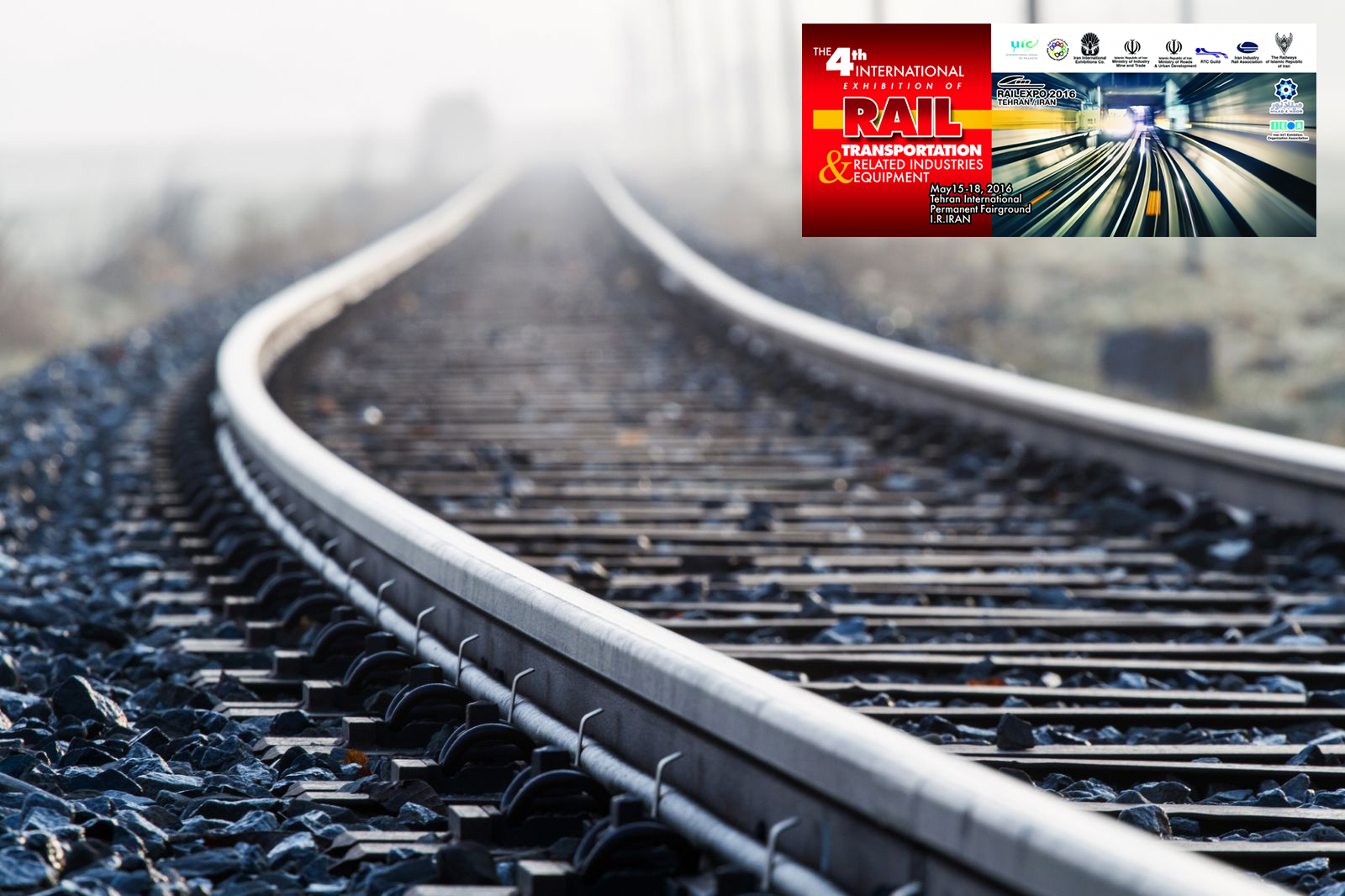More than 350 domestic and 110 international companies have signed up to participate in the Fourth International Exhibition of Rail Transport, Related Industries and Services, which is scheduled for May 15-18 in Tehran, the organizer of the event said.
Ali Mohtasham Amiri added that representatives of companies from Germany, the UK, Switzerland, France, Italy, Turkey, China, Finland, Bangladesh, Belgium, Czech Republic, Russia, Ukraine, Australia, Poland, Sweden and Bulgaria will advertise their latest technologies, products and services related to commuter and inter-city passenger and freight rail transport, repair, maintenance, insurance and after-sales services, IRNA reported.
Germany’s Siemens, Canada's Bombardier, France’s Alstom and the Swiss Stadler Rail Group are among the big names.
The exhibition will also host railroad officials from Spain, Japan, Italy, Kazakhstan, China and Czech Republic as well as commercial delegations from Spain and Japan.
As Iran looks to significantly expand and modernize its rail network, Siemens will address the future needs of the Iranian people with an upgraded portfolio of rail innovation and mobility management, including the launch of a customized locomotive specifically for the Iranian market, the German company stated in a press release.
"Iran is a mature market in terms of rail and the country’s demographic change is fueling an increasing need for fast, reliable and safe rail networks to support mobility and industrialization,” said Mohsen Nayebzadeh, CEO of Siemens in Iran.
> Railroad Revolution
Iran is moving to increase the share of railroads in the transportation sector. Rail freight transport is estimated to grow 18% in the current Iranian year (started March 20) compared to last year, according to deputy managing director of the Islamic Republic of Iran Railways, Hossein Ashouri.
“Last year, despite the economic recession, cargo transport via railroad increased by 2% compared to the previous year to stand at 35.6 million tons,” he was quoted as saying by our sister publication Donya-e-Eqtesad.
Based on Iran's Vision Plan, by 2025, existing lines are to be electrified and double-tracked, in addition to the establishment of about 12,000 km of new lines, which will nearly double the size of the network.
Iran is also eager to come into its own as a great hub linking Europe, Asia and Africa. Two grand trade routes crossing the Pacific, Indian and Atlantic oceans will make Iran a giant crossroads: the International North-South Transport Corridor and China-Europe Silk Road.
The idea behind the INSTC is that containerized goods will travel from the port of Mumbai to Iran’s Persian Gulf coast–bypassing Pakistan–from where they will be able to reach Moscow and Europe in half the time taken by the Suez Canal. Apart from saving time, the route has been estimated to save $2,500 for every 15 tons of cargo.
The other axis of the crossroads is China’s Silk Road, arguably the infrastructure project with the highest priority of all for Beijing.
A high-speed standard gauge line running through Central Asia would also slice through a knot of broad gauge lines in the states of the former Soviet Union and speed up the flow of goods to Europe, compared to sailing across the long route.
The first freight train to travel the old Silk Road arrived in Tehran in mid-February, bearing goods from China’s eastern Zhejiang Province and making the journey through Kazakhstan and Turkmenistan in 14 days—compared with around 45 days by sea.


